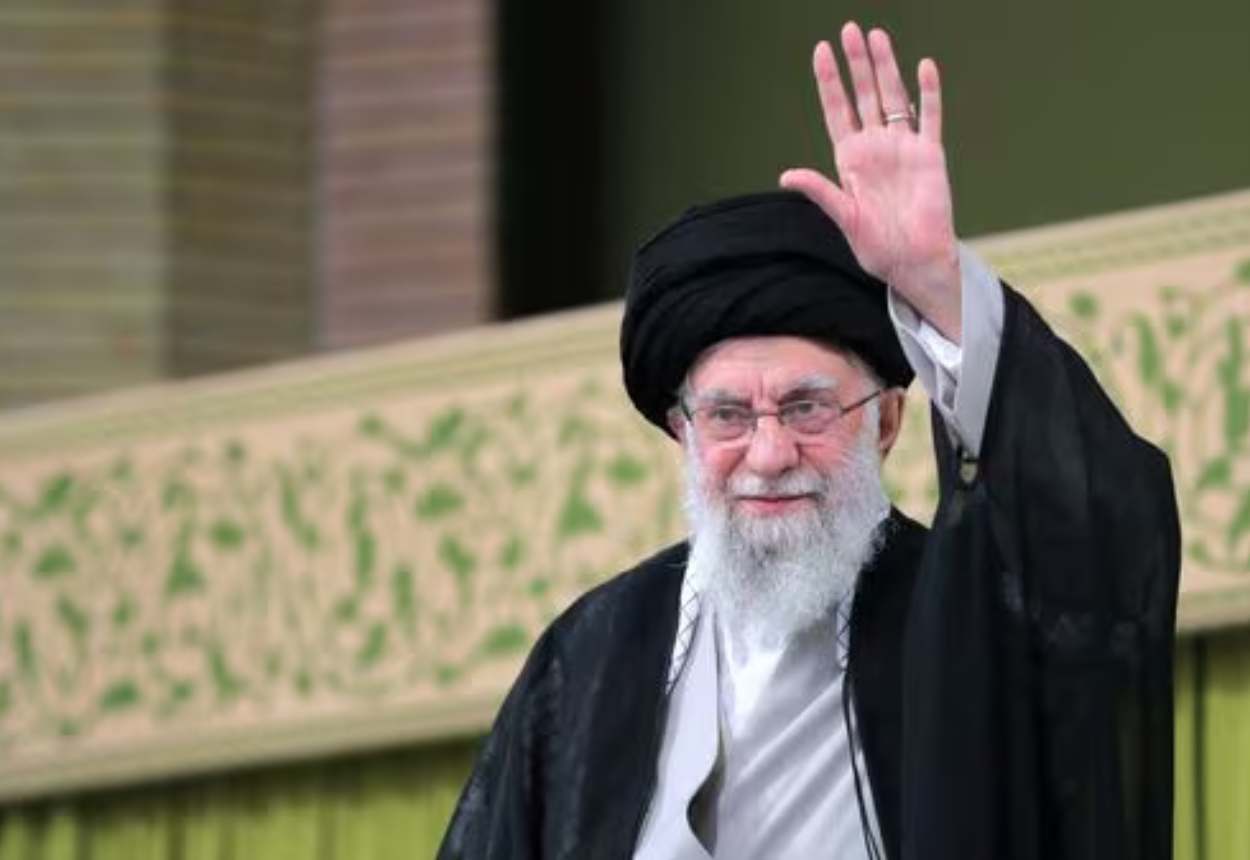Ali Khamenei, the Supreme Leader of Iran since 1989, is one of the most influential political and religious figures in the modern Middle East. However, recent reports suggest that Khamenei’s health is in decline, sparking speculation that Iran may have secretly selected his successor to ensure a smooth transition of power. This development underscores the critical role he plays in shaping Iran’s domestic and foreign policies, making his potential departure a moment of profound political significance. This blog delves into his life, education, career, key accomplishments, and controversies.
Early Life and Education of Iranian Supreme Leader Ali Khamenei
Ali Hosseini Khamenei was born on July 17, 1939, in Mashhad, Iran, into a religious family. His father, Ayatollah Javad Khamenei, was a noted cleric, and this religious background deeply influenced Khamenei’s upbringing. He pursued Islamic studies at an early age, studying under prominent scholars such as Grand Ayatollah Borujerdi and Ayatollah Ruhollah Khomeini. Khamenei gained proficiency in theology, Islamic jurisprudence, and philosophy, emerging as a prominent cleric in the Shiite community.
Apart from his religious education, Khamenei developed an interest in literature and was an avid reader of Persian poetry. He also translated several works from Arabic into Persian, reflecting his intellectual versatility.
Political Career and Rise to Power
Ali Khamenei’s political journey began during Iran’s turbulent years leading up to the Islamic Revolution in 1979. A staunch supporter of Ayatollah Khomeini, Khamenei played a vital role in mobilizing clerical and public support against the Shah’s regime. After the revolution, he became a key figure in shaping the newly established Islamic Republic.
Some pivotal milestones in his career include:
- Minister of Defense (1979): He briefly served in this capacity, showcasing his ability to manage complex state functions.
- President of Iran (1981-1989): Khamenei succeeded Mohammad-Ali Rajai as Iran’s president, focusing on reconstruction efforts following the devastating Iran-Iraq War.
- Supreme Leader (1989 – Present): Following Ayatollah Khomeini’s death, Khamenei was appointed as the Supreme Leader, the highest authority in Iran.
Key Achievements of Iranian Supreme Leader Ali Khamenei
- Strengthening Iran’s Global Influence: Under his leadership, Iran has extended its influence in the Middle East, supporting groups like Hezbollah and playing a central role in conflicts in Iraq, Syria, and Yemen.
- Advancement in Science and Technology: Khamenei has overseen significant developments in Iran’s nuclear and space programs, emphasizing self-reliance despite international sanctions.
- Cultural Preservation: He has consistently advocated for preserving Islamic values and Iranian traditions against perceived Western cultural invasion.
Criticism and Controversies
Despite his achievements, Khamenei’s tenure has not been without criticism:
- Human Rights Concerns: His administration has faced allegations of suppressing political dissent, restricting press freedom, and curbing women’s rights.
- Economic Challenges: Critics argue that his policies, particularly the focus on military expansion and resistance to the West, have contributed to economic stagnation and widespread poverty in Iran.
- Electoral Disputes: Accusations of rigging elections and undermining democratic processes have marred his leadership.
Personal Traits and Leadership Style
Khamenei is known for his austere lifestyle and deep commitment to Shiite Islam. He presents himself as a figure of moral authority, often blending religious rhetoric with political discourse. His leadership style is centralized and authoritative, reflecting the structure of Iran’s theocratic governance.
What Might Happen When Someone Else Takes His Place
The succession of Iran’s Supreme Leader is a pivotal event with significant implications for both domestic politics and international relations. The Supreme Leader wields ultimate authority over all branches of government, including the military and judiciary, and sets the ideological tone for the nation. If a successor replaces Khamenei, Iran could witness either continuity or change, depending on the chosen leader’s stance. A hardliner may uphold Khamenei’s legacy, emphasizing resistance to the West and regional expansion, while a more pragmatic successor could pursue reforms and renewed diplomacy, potentially reshaping Iran’s relationship with the global community. Domestically, power struggles among various factions, such as the Revolutionary Guards and the clerical elite, could emerge, creating a period of uncertainty and instability. The leadership transition will also test the resilience of Iran’s political system and its ability to maintain unity amidst changing dynamics.
Conclusion
Ali Khamenei remains a polarizing figure both within Iran and on the global stage. Supporters laud him as a guardian of Islamic values and national sovereignty, while critics denounce his policies as authoritarian and economically detrimental. Regardless of perspective, his influence on Iran’s trajectory is undeniable, making him a defining figure in the country’s modern history.


